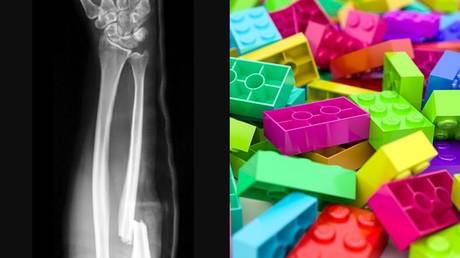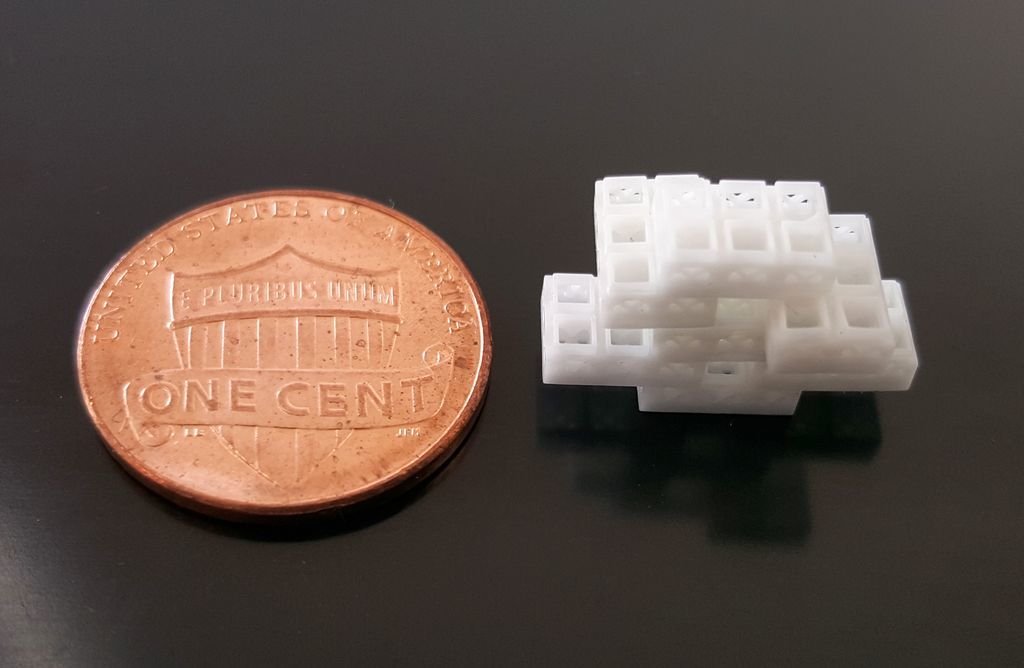
Small Lego-like hollow blocks can be used to heal broken bones more effectively than current methods, new research has revealed. The novel technology could even help build organs for transplant in the future, scientists believe.
The 3D-printed bricks can be used to repair broken bones by helping hard and soft tissue regrow in a way that’s better than the current methods used by doctors, scientists from the US and Thailand have discovered. Complex bone fractures are usually fixed with metal rods or plates and powders or pastes that act as scaffolding materials.

The new blocks “can be stacked together like Legos and placed in thousands of different configurations to match the complexity and size of almost any situation,” lead researcher Luiz Bertassoni, associate professor at the OHSU Oregon Health and Science University School of Dentistry, told the media.
Scientists used the blocks filled with a gel to encourage growth on rat bones, and it resulted in nearly three times the usual amount of blood vessel growth.
“The 3D-printed microcage technology improves healing by stimulating the right type of cells to grow in the right place, and at the right time,” study co-author Ramesh Subbiah said in an interview. “Different growth factors can be placed inside each block, enabling us to more precisely and quickly repair tissue.”

The technology could be used to heal bones affected by cancer treatment, for spinal procedures and to strengthen jaw bones before a dental implant is inserted, researchers say.
The blocks could also be made with different materials which could then be used to repair soft tissues, they believe. The scientists even hope that, with more research, the block method could be applied to making transplant organs.
Like this story? Share it with a friend!




